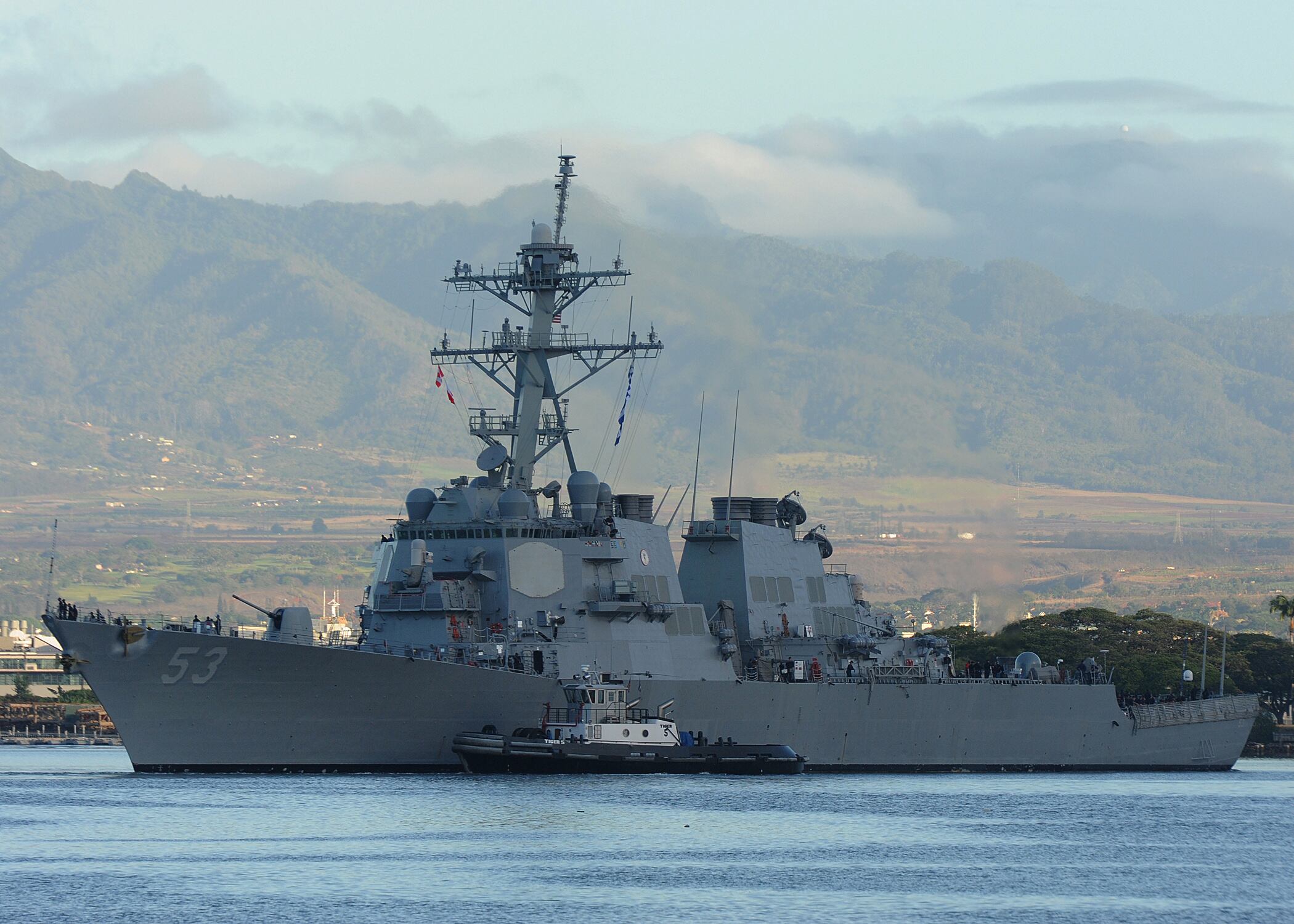TOKYO — Japan’s Defense Ministry is seeking a record-high budget to add missile interceptors and other equipment to defend the country from more North Korean weapons launches.
The 5.26 trillion yen (U.S. $47.78 billion) request for the fiscal year beginning next April is a 2.5 percent increase from the current year. A big chunk of the request announced Thursday will cover purchases of upgraded missile interceptors with expanded range, altitude and accuracy.
They include the ship-to-air SM-3 Block IIA jointly developed by the U.S. and Japan and the surface-to-air PAC-3 MSE.
The request comes amid growing fear about North Korea’s missile threat and rising tensions between the U.S. and North Korea. On Tuesday, Pyongyang fired a missile that flew over Japan and landed in the northern Pacific Ocean. It flight tested two intercontinental ballistic missiles in July and has threatened to send missiles near the U.S. territory of Guam, where the U.S. has military bases.
Prime Minister Shinzo Abe called Tuesday’s missile firing an “unprecedented, grave and serious threat.” On Wednesday, Defense Minister Itsunori Onodera, an advocate of bolstering Japan’s missile and strike-back capability, said Tokyo must quickly upgrade its missile arsenal.
China, which is seen by Tokyo as another security concern, questioned Japan’s intentions.
“We think Japan is obliged to explain its real intention to the international community,” Hua Chunying, China’s Foreign Affairs Ministry spokeswoman, told a regular news conference.
Japan has criticized Beijing over its military spending and assertive maritime activity in regional waters.
Experts say North Korea’s ICBM tests demonstrate its ability to strike at the U.S. mainland, but it doesn’t mean Japan is off the hook.
“North Korea has demonstrated its capability to hit targets anywhere in Japan including Tokyo and Okinawa,” says Narushige Michishita, a national security expert at the National Graduate Institute for Policy Studies.
Japan currently has a two-step missile defense system — interceptors on destroyers in the Sea of Japan, and if they fail, surface-to-air PAC-3s. Technically, the current setup can deal with falling debris or missiles fired at Japan, experts say, but it’s not good enough for high-attitude missiles or multiple attacks.
The requested SM-3 Block IIA has double the range of its earlier model used on Japanese destroyers. The budget request related to missile defense comes to about 180 billion yen.
To diversify and multiply its missile interceptors, the ministry is also seeking to add the land-based, fixed Aegis Ashore missile-defense system, while considering an option of the mobile and more costly Terminal High Altitude Area Defense system. Ministry officials said they will decide later this year.
Experts say a pair of Aegis Ashore could cover Japan at 80 billion yen each, but the cost could be driven up by the price of land, construction, installation and security.
Shooting down a high-altitude ICBM while it flies over Japan is impossible technically and difficult legally for now due to Japan’s self-defense-only principle under its war-renouncing constitution.
Elsewhere in the budget, the ministry will keep the costly U.S.-made unmanned reconnaissance aircraft Global Hawk and is asking for 14.4 billion yen in assembly cost. A steep 23 percent price increase prompted some officials to suggest scrapping the Global Hawk, but the ministry settled on continuing with the plan with careful price control.
RELATED

The budget request also includes 96 billion yen for two compact destroyers as part of Japan’s ongoing plan to increase its fleet size to 54 from 48; 70 billion yen for a new lithium battery-powered submarine that can operate longer with upgraded detection capability; and 88 billion yen for six F-35 stealth fighters, to be deployed at Misawa in northern Japan.
The Defense Ministry’s budget request will now go to the Finance Ministry for further scrutiny before it’s submitted to parliament for approval.








